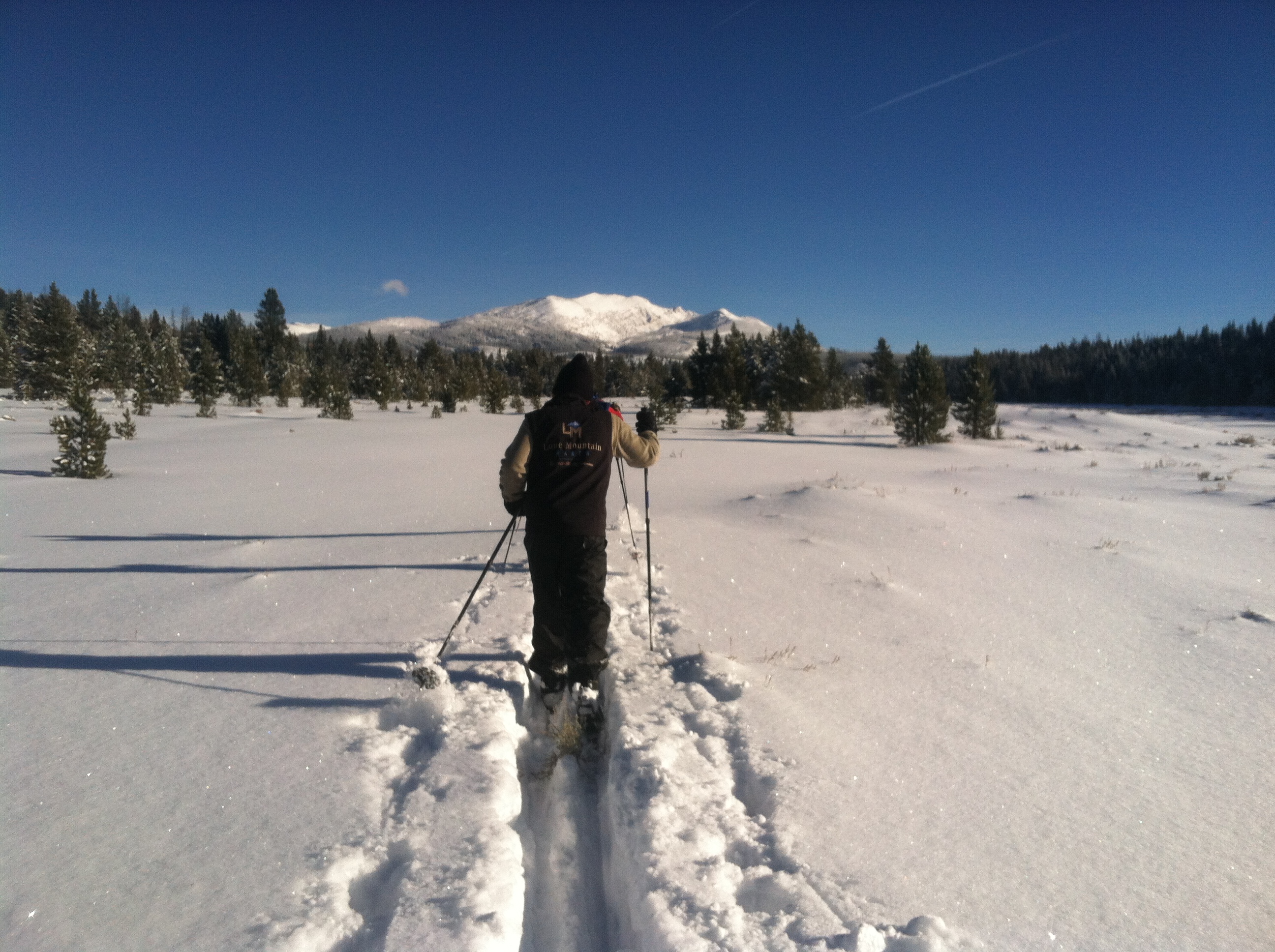Join the Task Force for a day of wonder and answers
“Wisdom begins in wonder.” Socrates
The Scientific Method:
1. Ask a question
2. Develop a hypothesis
3. Collect data
4. Test the data … over and over and over and over
5. Draw a conclusion
Have you ever wondered how clean the Upper Gallatin River Watershed really is? If you have, you are not alone. In 2000, a group of concerned citizens formed the Blue Water Task Force and began collecting data in an effort to understand how a wastewater discharge permit may or may not be impacting the Gallatin River and its tributaries. The core component of their data collection became the Task Force’s Water Quality Monitoring Program.
The Task Force routinely collects water quality samples from 14 sites along the main stem of the Gallatin River and the West Fork of the Gallatin four times per year. This year we have added two additional sites: one on the Taylor Fork and one within Yellowstone National Park’s boundary on the Gallatin, up Bighorn Trail. During sampling events, the Task Force measures: temperature, pH, conductivity, dissolved oxygen, nitrogen, E. coli, total dissolved solids, and turbidity. These parameters are used to assess the health of the Gallatin River, and to measure changes that may be occurring over time.
We all know that Yellowstone National Park is a special place! It was established as the world’s first National Park in 1872. Since 1872, the land within Park borders has been protected from development. This makes our new site up Bighorn a special data point; it is a control site. Hypothetically, there are no land use-induced influences affecting the water quality at this site. Thus, using the Bighorn site as our comparison, the Task Force will be able to detect if there are water quality changes along the Gallatin River, due to land use. But this will take time. Multiple data points must be collected before a conclusion may be drawn.
The Task Force systematically conducts four water quality monitoring events annually: Winter, Spring, Summer, and Fall. The timing of the events captures changes in high water flow versus low water flow, and changes in the growing season versus the dormant season (Task Force WQR, 2014). On Thursday, March 26th, 2015, the Task Force will be conducting our first sampling event at the Bighorn site. If you are a Friend of the Gallatin, please join us for our Members Only Backcountry Ski up Bighorn, learn about what we do, and be part of the discussion as we continue our efforts to draw a conclusion.

